Affiliate links may be included for your convenience. View our privacy and affiliates policy for details.
If you’re new to knitting or just new to picking out yarn other than what the pattern calls for, this quick guide will help you choose the best yarn for your knitting project.
What Does the Pattern Call for?
If you’re looking for yarn for a specific knitting pattern, the pattern will give you a lot of clues as to what kind of yarn you might want to choose for a substitute yarn.
For example, this pattern (the Slip-Stitch Tweed Top from my book Colorwork Knitting) calls for a medium weight wool and mohair blend yarn. That gives you some idea where to start in looking for other options.
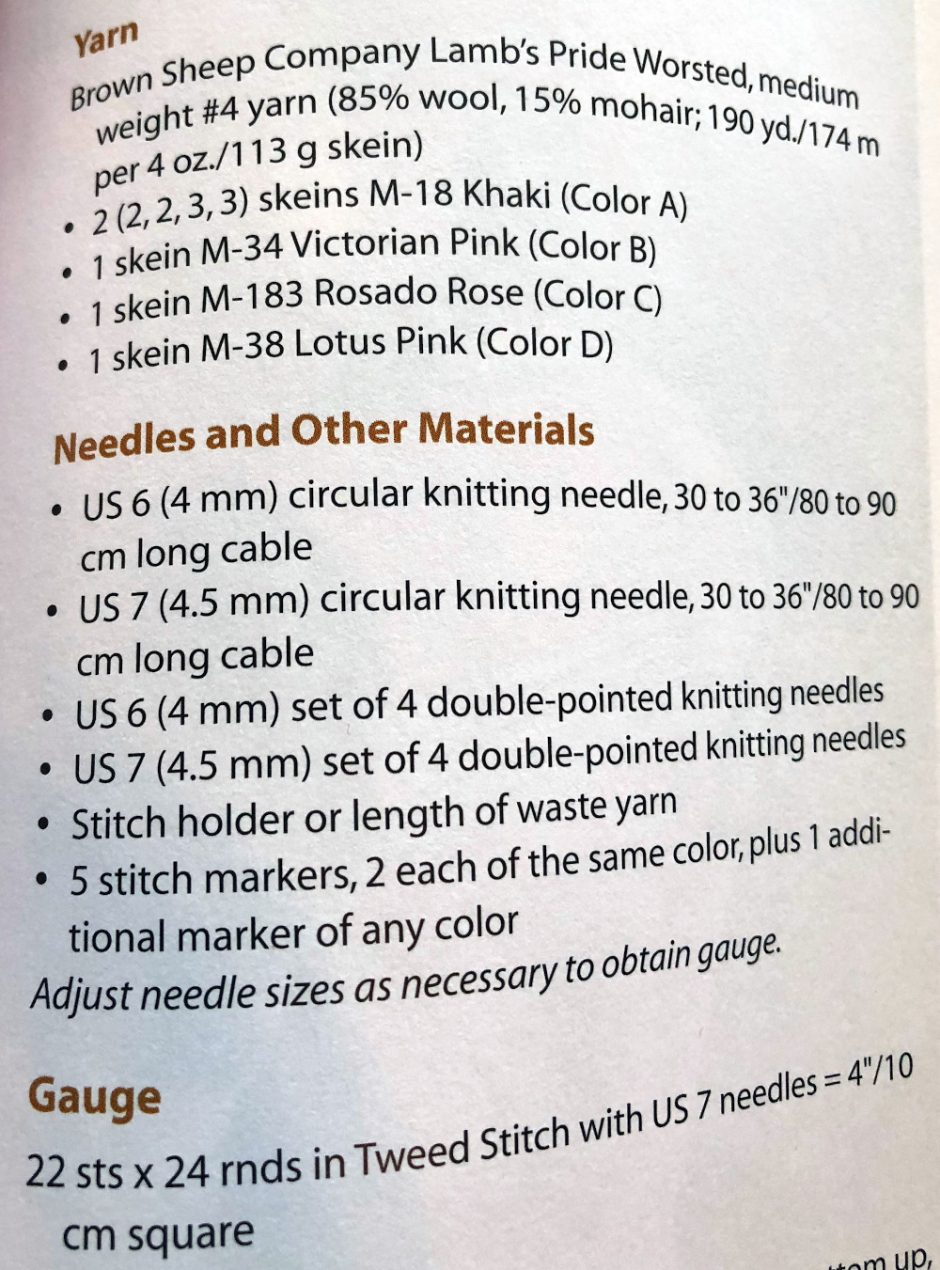
What Does Yarn Weight Mean?
Let’s start with that part about “medium weight.” This is actually a meaningful description based on the standards for yarn weight set out by the Craft Yarn Council.
In general the thinner a yarn is the lighter “weight” it is and the lower the number from 0 to 7 in the classification system. You will often find these numbers on the label of a ball or skein of yarn, so in this case you would want to substitute with something labeled medium or 4.
If you can’t find a number on the label, the classification system also gives a range for the gauge you’re likely to get and the needle size you should use with that particular yarn weight.

A medium weight yarn, for instance, should give you around 16 to 20 stitches per 4 inches in Stockinette stitch and use size 7 to 9 US (4.5 to 5.5 mm) knitting needles. If the label lists gauge and/or needle size, that will help you know if this could be the best yarn for your project.
You can also use the suggested gauge in the pattern you want to knit as a guide, because sometimes the gauge varies from what is recommended. This pattern calls for a size 7 US needle and a gauge of 22 stitches per 4 inches, which is a little more than the standards call for. If the gauge on the label is close you’ve got a good contender.
What Does Fiber Content Have to Do with It?

Once you’ve found some yarns in the correct weight classification for the project you want to knit, you’ll need to consider what the yarn is made of.
When trying to choose the best yarn for a knitting project, it’s a combination of weight and fiber content that will get you the best results.
As mentioned above the yarn I used was a wool and mohair blend. You could choose a 100 percent wool yarn or a wool blend and you would likely achieve similar results to the original project.
But maybe you don’t like knitting with wool or you don’t want this project to be that warm. You might consider an acrylic yarn, or acrylic blended with a cooler fiber like cotton, to get similar results.
Substituting yarn of a different fiber type can get tricky, especially if the fiber was chosen for a specific purpose.
Characteristics of Different Fibers
Why does the fiber content matter? Because different fibers are good for different things, and if you choose a yarn that’s really different from the one used in the pattern, you’ll knit a very different project.
Wool Yarn
Wool yarn is classic, warm and durable. It can hold a lot of water without feeling wet. It is good to wear all year long even though we often think of it as a cold-weather fiber.
This type of yarn felts easily (meaning when you wash it in hot water and/or agitate it a lot, as might happen in the washing machine, it shrinks) so projects made with it need to be hand washed.
The grabby nature of the fiber makes it great for colorwork and cables. Wool is a great all-purpose fiber for a wide range of projects and a good choice for beginners.
Other yarns that come from animals, such as alpaca and llama, are similar to wool but often softer and more luxurious. You can find blends of wool with many other fibers to make it softer or for other purposes.
Acrylic Yarn
Acrylic yarns have a bad reputation as being cheap, plastic feeling, scratchy and lacking in quality. While there are certainly acrylic yarns out there that aren’t the best quality, there are some high-quality acrylics and blends made with wool or other fibers that keep the good qualities of acrylic (durability, ease in taking color, usually machine washable) while improving softness and drape (how nicely the knit fabric flows).
Even blended with other fibers, acrylic yarns tend to be less expensive than their more natural counterparts, and they are easy to find at big-box craft stores and discount retailers.
Acrylic is a great choice for baby garments because it is machine washable, but keep it away from flame (or the sanitize cycle in your washing machine) because it can melt in high heat (I’ll have to tell you that story some time). I usually recommend acrylic yarn to beginners because it is inexpensive and usually easy to work with.
Cotton Yarn
Cotton yarn is durable, usually machine washable, available in a variety of colors and pretty easy to knit with. Some cotton yarns are kind of stiff and heavy so your hands may hurt after knitting for long periods.
This yarn is heavy and garments made from cotton tend to droop under their own weight. It’s a great choice for washcloths, baby bibs and other items for the home.
Combining cotton with other fibers such as bamboo or linen can make it softer, shinier and easier to work with.
Cotton yarn is considered one of the least eco-friendly options because conventionally grown cotton uses so many pesticides and chemical fertilizers. Choose organic cotton yarn if you can.

Bamboo Yarn
Speaking of bamboo, it’s a fun yarn that is silky feeling and can be slippery to work with. It has a sheen that is similar to silk as well but is less expensive.
It feels light and cool on your body and is great for summertime garments. It is sometimes machine washable. Bamboo is often combined with other fibers such as cotton to increase its strength.
Bamboo yarn is considered environmentally friendly because bamboo grows so quickly without chemicals, but the process by which bamboo fiber is turned into yarn is energy intensive.
Silk Yarn
Silk yarn is similar to bamboo in that it is cool, silky and can be slippery to work with. It tends to be expensive and is often blended with other fibers.
It is great because it has beautiful sheen. It’s different from other animal fibers in that it’s not hair, but you still need to take care when laundering it.
Yarn Construction and Choosing the Best Yarn
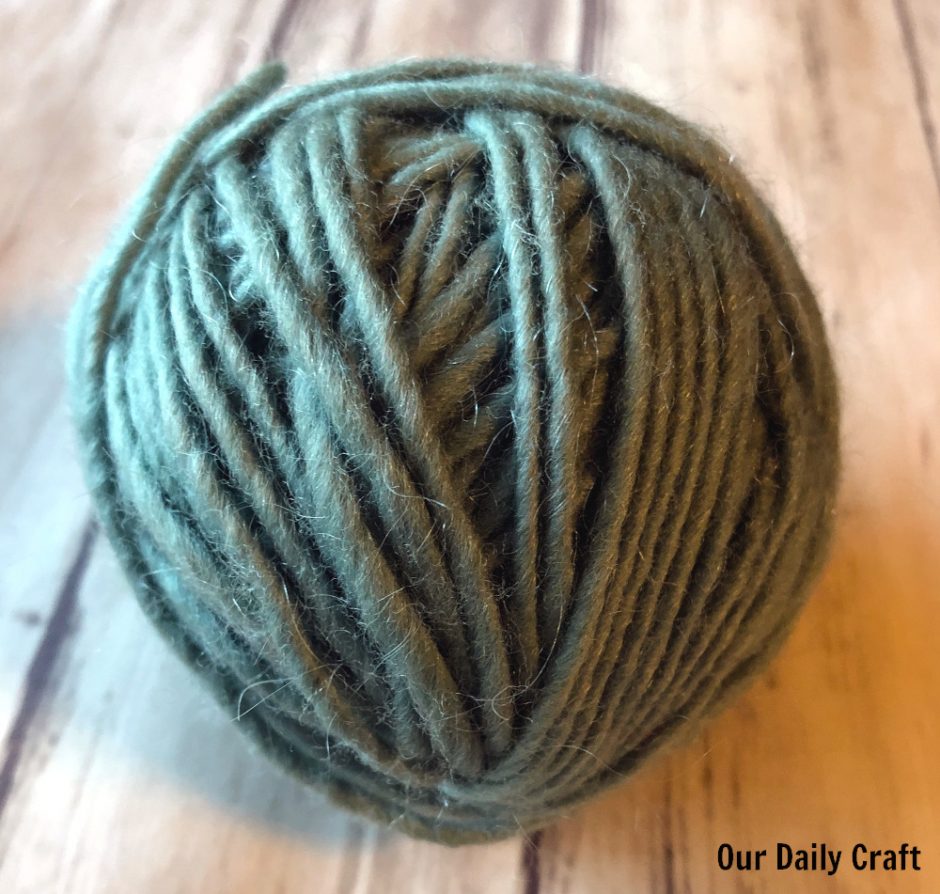
One other thing to consider as you try to choose the best yarn for a knitting project is the construction of the yarn that was originally used. You can’t always tell this from looking at a pattern, but you can look up the yarn in question on Ravelry or the manufacturer’s website to learn more.
In the case of the yarn chosen for the tweed shirt referenced above, it’s a singles yarn (you might call it one-ply, but because there’s only one strand involved its not actually plied at all) that’s a little loosely spun.
Yarn with more plies tends to be stronger. To complicate matters, in some countries ply is a measure of yarn weight.
Other characteristics of the yarn used can make a difference in how the finished project looks, such as if the yarn is a novelty yarn, has a really fluffy texture or is made from a knit chain itself.
You might choose to look for a yarn with similar characteristics when you knit your version. I’ll admit it’s often the last thing I consider when choosing yarn for a project.
How to Choose the Best Yarn for Your Project
In the end the best yarn for you to use in a project is one that is the correct gauge, in a fiber you like to work with and wear and with characteristics similar enough to the yarn used in the pattern that you will get a similar result.
It will also be a color or style that you like and at a price you can afford.
Finding and choosing the ideal yarn for you isn’t always an easy matter, but armed with a little information about yarn types and knowing something about what you like will help you make smart decisions.
Do you ever substitute yarn? Do you have tips for how to choose the best yarn? I’d love to hear them!

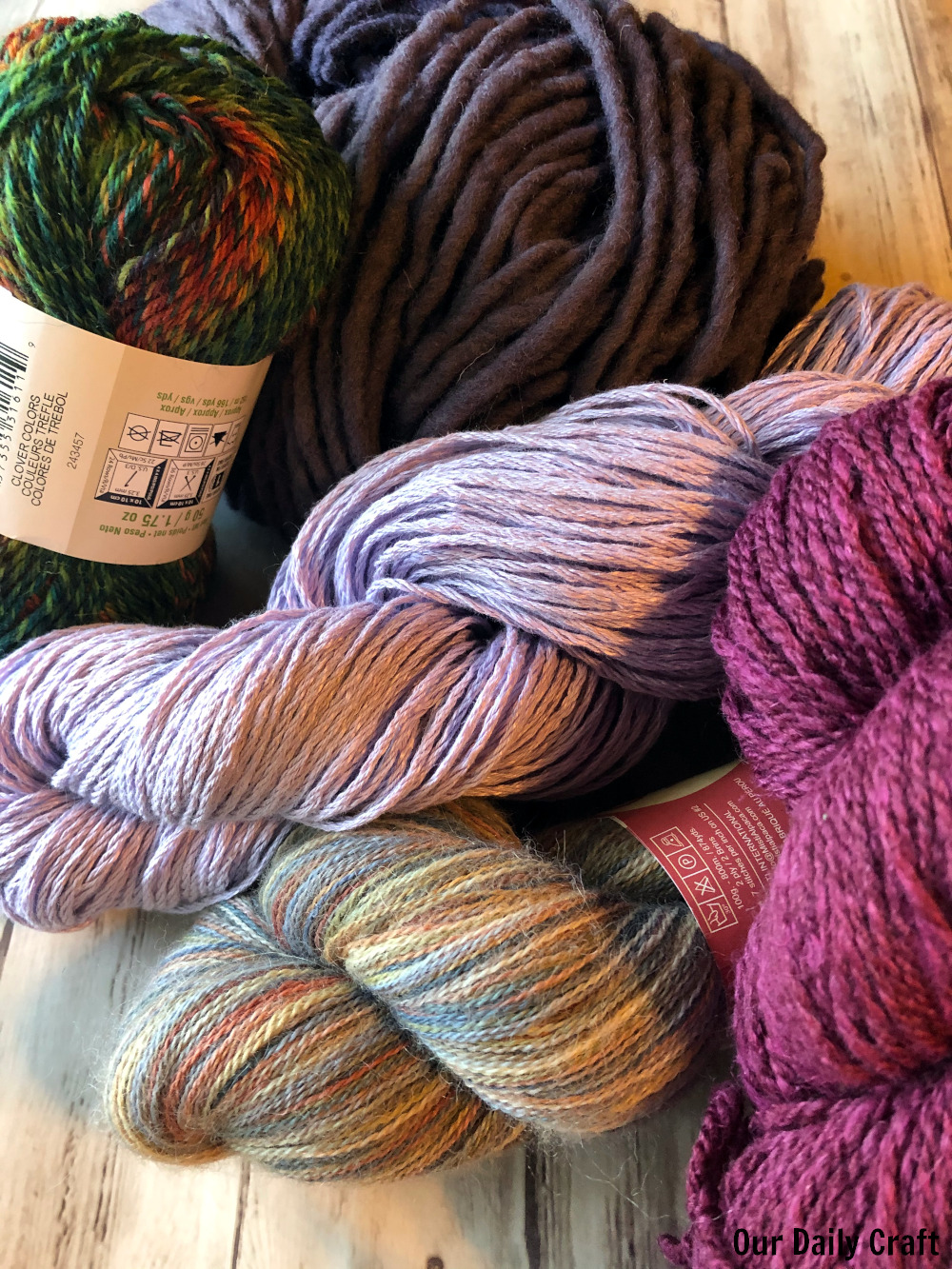

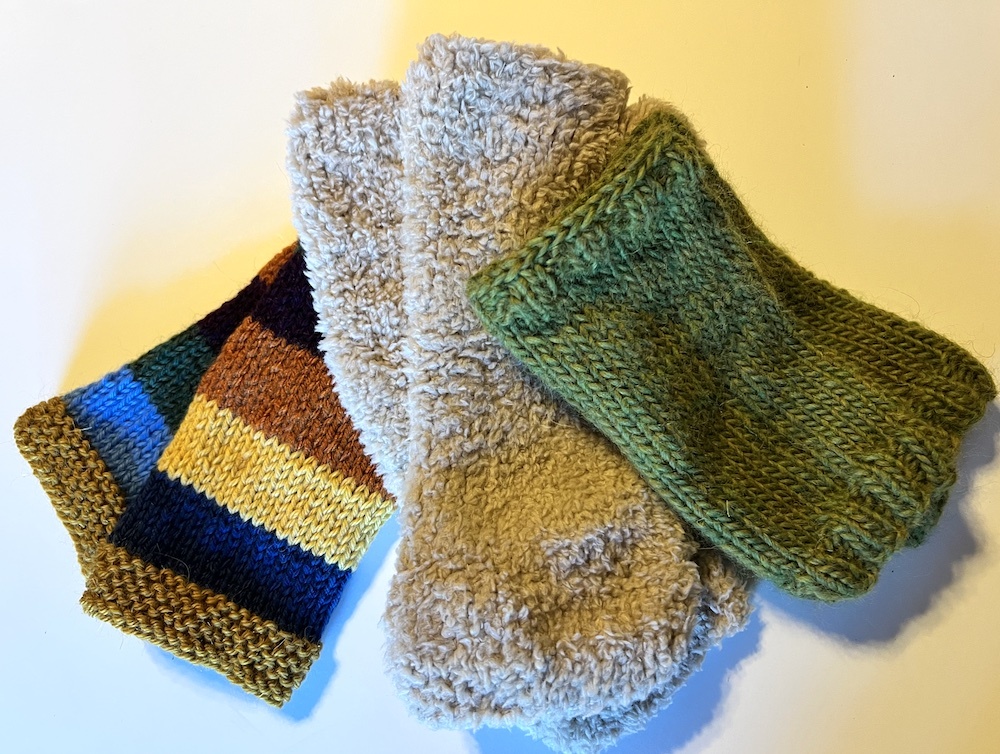
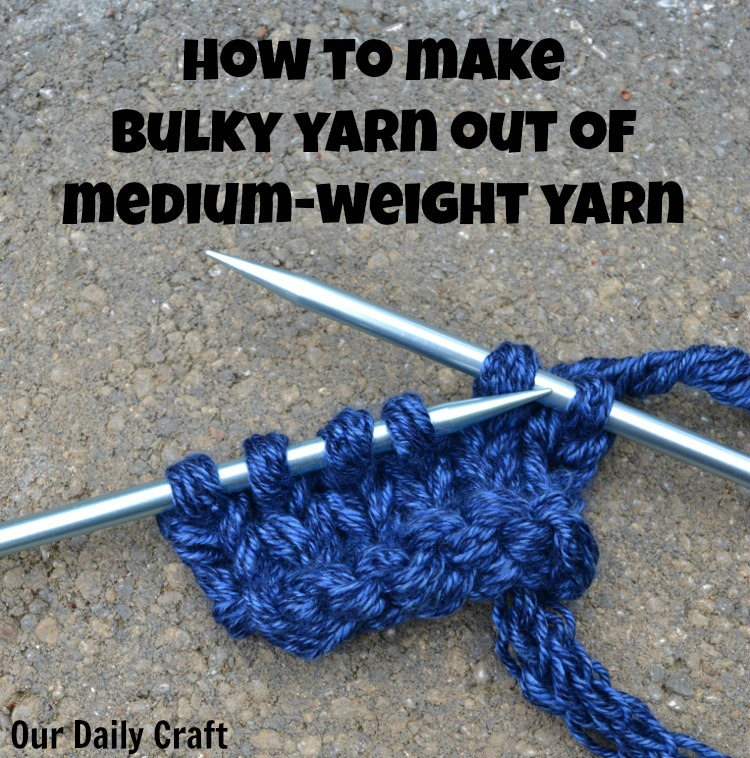
1 Comment
Dear Sirs and Madams
we produce in Italy knitting yarns in wool merinos extra fine , alpaca/wool , synthetic/wool ,cashmere
cotton ,acrylic.
If you are interested we can send you some samples and prices.
We export our fine yarns all over the world.
Our prices are very good.
Your reply are welcome.
Best regards
Riccardo Barioglio
Sales manager